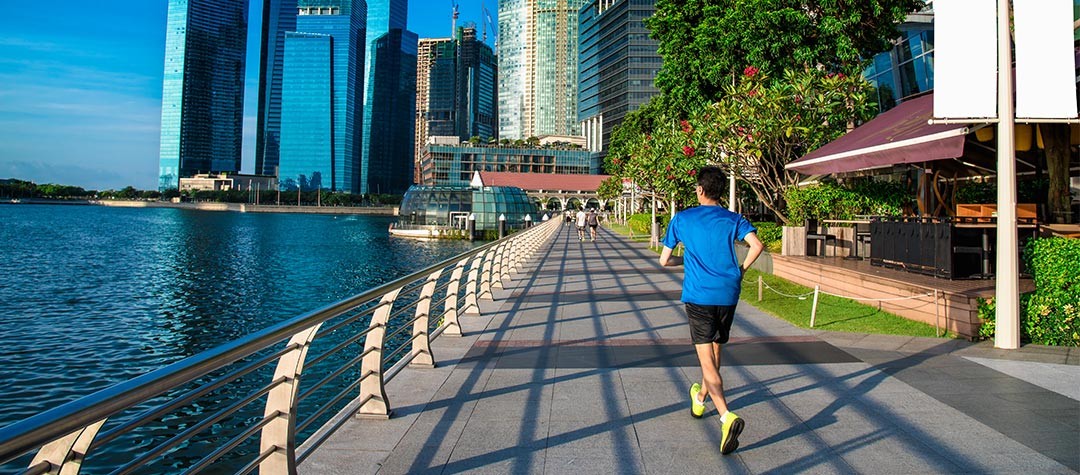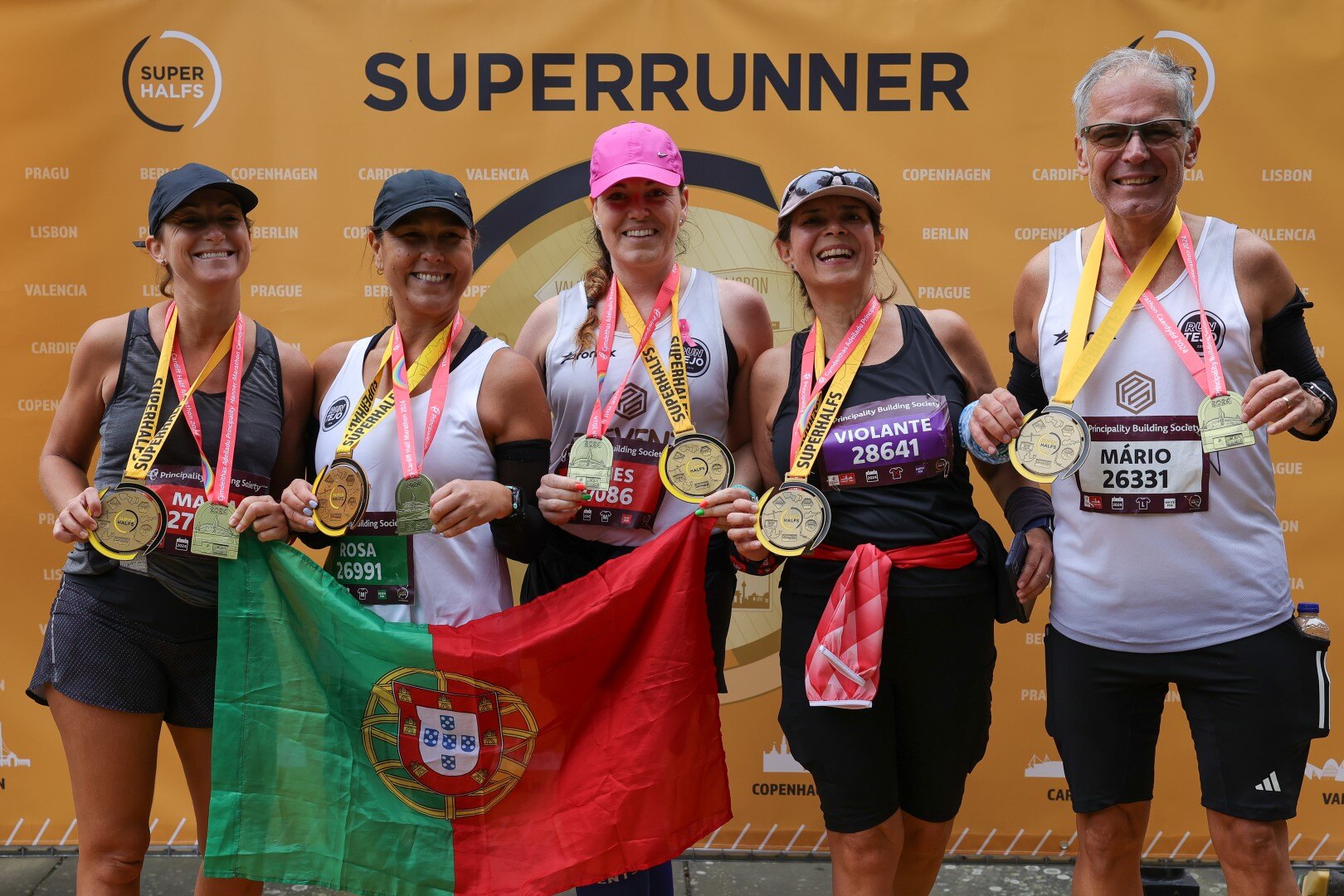Racing in an overseas event is an exciting prospect. However if you want to make the most of your trip and enjoy a good performance then it’s important to be travel savvy.
1. Keep your racing kit close to hand
The first rule of travelling to a race by plane is to always pack your racing kit , including your shoes in your hand luggage! This ensures that you have your racing essentials should you not be reunited with your baggage on arrival.
2. Welfare in the air
If you want to arrive at your race in tip-top condition then it’s important to look after your general well-being when flying . Air cabins are pressurized and the air is dry, leaving you more at risk of dehydration. Ensure that you remain hydrated throughout the flight by drinking plenty of water and limiting caffeinated and alcoholic beverages.
If you are travelling on a long haul flight then it’s important to mobilise at regular intervals. The risk of developing deep vein thrombosis (DVT) increases on flights that are longer than 4 hours. If possible request an aisle seat so that you are free to move without disturbing your fellow passengers. Take regular strolls up and down the aisle and stretch and flex your legs, particularly your calves, when sitting to encourage blood flow. If you are more at risk of developing a DVT you may want to consider wearing compression socks for the flight.
3. Avoid training hard the day of travel
In order to avoid the temporary dip in immune function that you experience after strenuous exercise you should steer clear of hard workouts or long runs on the day of travel. With a large number of people in a confined space, aeroplanes offer the ideal environment for germs and viruses to be spread so you want to ensure that your immune system is as strong as possible.
4. Conquer jet lag
If you’re travelling across several time zones then it’s likely that you’ll have jet lag to contend with as well as the event itself. Not everyone suffers from jet lag to the same degree, however there are some steps that you can take to minimize its effects:
Set your watch to the timezone of your destination as soon as you board the plane. It’s best to start the adjustment process both physiologically and psychologically as soon as possible. As a guideline you should expect up to one day per time zone crossed in order to feel fully recovered.
If you arrive at your destination during daylight hours then try to get out into the light. Your body’s natural clock or circadian rhythm is regulated and reset by light. Take a short nap if you need to, but try to stay awake where possible. Staying active until it is time to sleep will help you to adjust to your new time zone quicker.
Your body clock influences your appetite so try, where possible to eat meals according to your new time zone.
5. Do your homework!
If you are travelling to somewhere new and unfamiliar it may be a good idea to research the area beforehand, particularly if you plan on doing some training runs before the event. Check to ensure that the area is generally safe to run in. Google Earth is a great tool for sussing out any nearby training venues such as parks and trails. Many hotels will provide further information and maps of the local area too.
6. Medical insurance
Some races abroad, in France for example, require you to have medical proof of fitness before you are able to compete. It’s therefore advisable to research the requirements of your event carefully and check with the race organiser if you are unsure. Remember that the vast majority of overseas countries have private healthcare systems so ensure that you have medical insurance or a valid European Health Insurance Card (if travelling within Europe) so that you are not landed with a hefty bill should you require medical care.
7. Consider race day logistics
It sounds obvious but have you considered all aspects of race day and not just the running part?! Often runners are so focused on the race itself that they neglect the basic logistics of race day. To avoid unnecessary stress be sure to check out fundamental details such as transport and number and timing chip collection beforehand as these arrangements may differ to races in the UK. Ensure that you arrive at the venue in plenty of time on race day itself.
8. Food
When racing abroad it’s imperative to have a good nutritional strategy in place as poor nutritional choices will most likely result in poor performance. Whilst it’s simply not practical to pack the contents of your fridge in your luggage, you should consider taking some non-perishable carbohydrate based snacks with you to ensure that your glycogen stores are fully topped up on race day.
Most large international hotels serve a large variety of foods for breakfast, however you may want to consider bringing your own cereal or porridge for example if that is what you are comfortable with. Instant porridge pots are fantastic for travelling as all you need is a little hot water.
9. Retain your routine
When you are racing somewhere different it can be tempting to change your routine. However you should aim to create a good routine that works for you as an athlete and then keep it the same whether you are competing in Brighton or Beijing. Don’t worry about what other runners are doing. Focus on yourself and the race day routine that works for you.
10. Check the forecast
It’s a good idea to research the weather forecast before you travel. Obviously this may change but you should be aware that you may need items that you wouldn’t need for a race at home, for example base layers, gloves, sunglasses or a cap. If in doubt, pack it! It is certainly better to be prepared for all eventualities.















